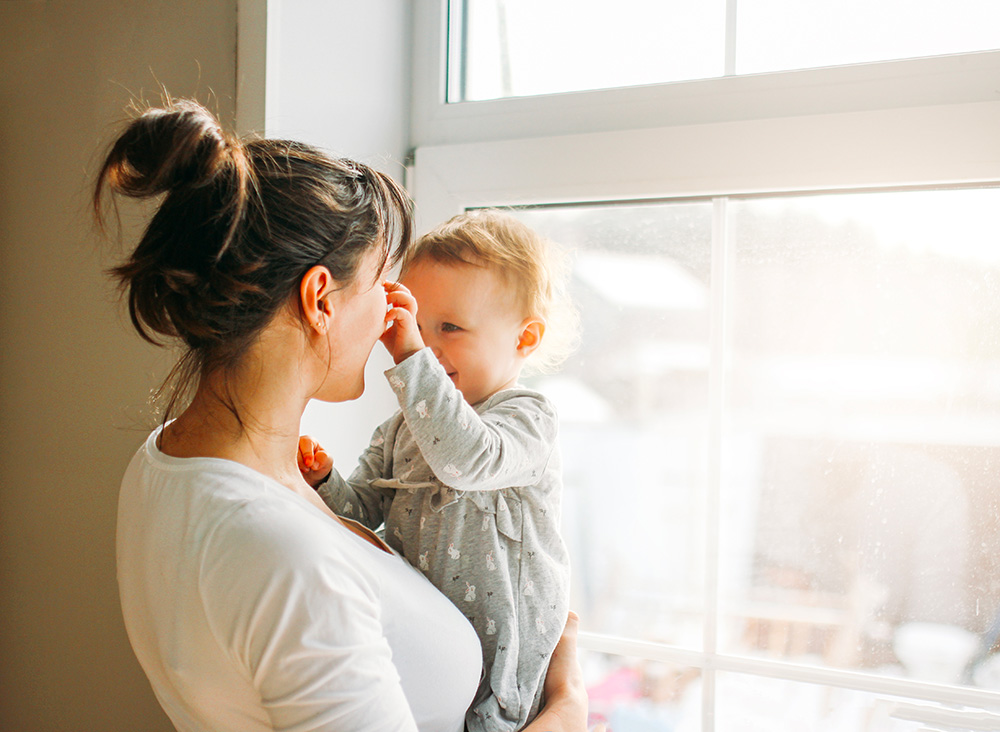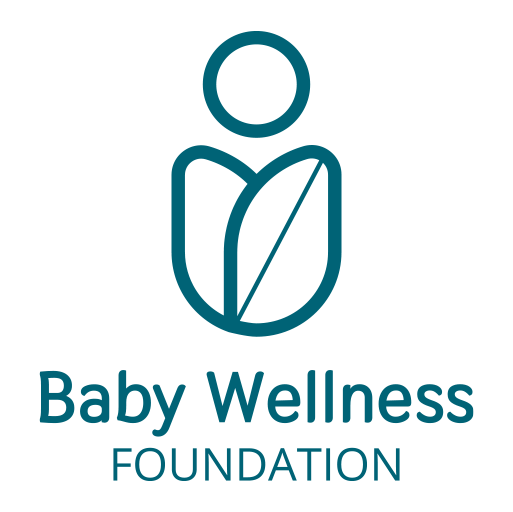Approfondimenti scientifici
Caring for the newborn: the need for love, contact, and presence
From the very first moments of life, the newborn has a deep and primary need: to feel welcomed, protected and loved by those who take care of them, primarily the mother. This bond, as essential as it is delicate, is the foundation of the child’s physical, emotional and relational development. In the early years, in fact, the baby’s survival depends entirely on their caregivers. It is within this context that the concept of imprinting is born: a brief but unrepeatable phase that lays the groundwork for a deep emotional bond.

The role of caregiving
Caring for a newborn means responding consistently, lovingly and intuitively to their needs. The child recognizes in their caregiver a secure base, a reference point from which to explore the world and to which they can return to feel safe. This emotional security fuels their curiosity, self-regulation skills and, later, trust in relationships. Talking to the baby, caressing them, massaging them and making eye contact are gestures that create a silent yet powerful dialogue. The more the child experiences this connection, the more capable they will be of facing life with calm and confidence.
Bonding: a bond that begins before birth
The bond between mother and baby begins during pregnancy (prenatal bonding) and strengthens in the first months after birth (postnatal bonding). This early relationship shapes an “emotional map” in the newborn’s mind that will guide their future ways of relating. Bonding helps parents better understand the baby’s signals and welcome them with love, protection and warmth.
Breast Crawl: the first climb of life
Immediately after birth, if left undisturbed on the mother’s bare belly, the newborn performs an instinctive act: they move, with small movements, toward the breast. This action, called Breast Crawl, is an innate ability that leads the baby to independently find the nipple and begin suckling. An extraordinary moment that marks the beginning of breastfeeding and strengthens the mother-child bond.
The primary need for contact
Physical contact is a primary and innate need for the newborn, serving as an essential channel for knowledge, interaction and survival. During the first year of life, the child develops a meaningful attachment bond with their primary caregiver, through which they communicate their needs and begin to build the foundations of social and emotional skills.
The interaction between parent and newborn can be considered a true “relational dance” that begins during pregnancy, intensifies after birth and consolidates in the following months. At the heart of this relationship is physical contact, especially that mediated by touch—the first sense to develop in the human embryo and the most extensive sensory organ of the body. The skin is, in fact, the newborn’s first communication tool as well as a highly sensitive protective barrier.
Affectionate touch serves at least three essential functions:
- It gives the newborn a sense of safety and protection;
- It aids emotional regulation, helping to reduce distress and promote calm states;
- It represents a stable and reliable foundation for their emotional and relational development.
Touch and neurohormonal regulation
During physical interactions—such as infant massage—key neurohormonal circuits are activated. Touch stimulates the production of endorphins and serotonin in both individuals. In the mother, oxytocin (the bonding hormone) increases, facilitating emotional connection and post-partum recovery, along with prolactin, which promotes lactation and caregiving motivation. These hormones help lower stress levels and support psychophysical well-being.
Concepts such as holding (physical containment) and handling (affectionate handling) describe the ways a newborn is held and touched. These seemingly simple gestures contribute to the development of the baby’s body awareness and reinforce their sense of self.
Multisensory communication: sight, hearing and smell
Sight, even in the first weeks of life, is a powerful tool of emotional communication. Through eye contact, the parent can interpret the baby’s signals and respond empathetically, conveying safety and recognition.
Hearing and smell also play a key role in early bonding. From intrauterine life, the baby recognizes the mother’s voice, heartbeat and scent. These familiar stimuli—reintroduced during massage or daily care through voice tone, singing or unscented products—help soothe the baby and strengthen the emotional bond.

Skin-to-skin: the power of physical closeness
Skin-to-skin contact is a vital clinical practice that fosters early emotional bonding between mother and newborn. Right after birth, when the mother can remain undisturbed with her baby, the simple act of holding them, placing them on her bare chest, speaking to them and making eye contact marks the beginning of an intimate, deeply regulating relationship for both.
This early interaction brings significant physiological, emotional and hormonal benefits for both mother and baby. In that safe and protected space, the mother experiences reduced pain and fatigue, while the newborn appears calmer, more alert and more ready to initiate spontaneous breastfeeding.
Numerous scientific studies confirm the positive effects of skin-to-skin contact, including:
- Soothes the newborn;
- Stabilizes heartbeat and breathing;
- Improves thermoregulation;
- Reduces the risk of hypoglycemia;
- Encourages breastfeeding;
- Strengthens the immune system;
- Reduces crying;
The mother also benefits: reduced stress, quicker recovery, increased milk production, higher levels of oxytocin (“love hormone”) and prolactin. When the mother is unavailable, the father can offer this precious contact as well.
Rooming-in: growing together from day one
Rooming-in means mother and baby stay together 24 hours a day from birth. This approach allows bonding to continue naturally and constantly. It promotes breastfeeding, reduces stress for both mother and child, and helps prevent infections, feeding issues and complications such as cracked nipples or mastitis.
Mothers who experience rooming-in tend to touch, talk to and observe their babies more, building a deep and conscious connection from the very beginning. That’s why rooming-in should be actively promoted in all healthcare facilities, accompanied by proper information and support.
Breastfeeding: nourishment and relationship
Breastfeeding is not just about nutrition—it’s communication, love and protection. During feeding, the baby rediscovers the sensations experienced in the womb: heartbeat, voice, the mother’s warmth. It’s a full sensory experience that makes them feel loved and safe.
Breast milk is the best possible food for a newborn: rich in nutrients, antibodies, hormones and bioactive substances that strengthen the gut microbiome, support brain development and protect against acute and chronic diseases. For the mother, breastfeeding lowers the risk of certain illnesses and supports postpartum recovery.
Caring for a newborn means much more than meeting physical needs. It means being present—touching, listening, watching, loving. The mother’s contact, gaze, voice and scent become essential tools in building security, affection and trust. Every daily gesture, when done with love and awareness, helps create a strong, secure and lasting bond—one that will accompany the child throughout life.

